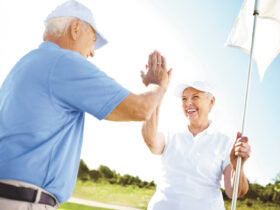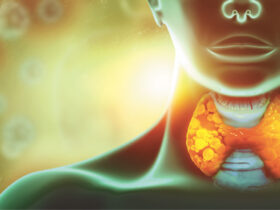Addressing the muscular component of headache pain can bring relief.
By Lizz Pugh, LMT –
 If you suffer from chronic headaches, you are not alone. The World Health Organization reports that 47% of the adult population suffer from headaches and 4% experience chronic headaches 15 or more days out of the month. This can be debilitating and affects all areas of life including personal enjoyment and professional productivity.
If you suffer from chronic headaches, you are not alone. The World Health Organization reports that 47% of the adult population suffer from headaches and 4% experience chronic headaches 15 or more days out of the month. This can be debilitating and affects all areas of life including personal enjoyment and professional productivity.
There is hope for headache sufferers beyond medication. The muscular component of headaches is often
overlooked. Thankfully, doctors are becoming open to the idea of referring patients to certified neuromuscular therapists as more and more studies are published showing the efficacy of trigger point work in reducing
headaches.
Whether they are referred through a physician or find out about the benefits of manual therapy on their own, patients need to know that relief is a multi step process and their participation is critical if they are serious about living a life with less headaches.
The first step is to identify what muscles may be causing the pain. This is done through a thorough consultation and postural evaluation. One common culprit is the sternocleidomastoid muscle. The SCM commonly has up to seven trigger points, any of which can put the patient in excruciating pain. Applying effective techniques to the affected areas often brings a reduction or elimination of those trigger points.
When the therapist applies pressure to the trigger point it creates a strong stimulus which helps to override the pain sensation. It interrupts the chemical/pressure cycle, which can help relieve the contraction. Muscle fibers are lengthened and stretched, which also helps to normalize the tissue. The friction created by the pressure, and the heat that comes from the friction, helps to increase circulation to the area, “feeding” the muscle by bringing nutrients, oxygen, hydration, and taking away waste products.
The second step goes far beyond simply normalizing the muscle tissue. It is critical to identify the underlying muscle imbalance as well as what behaviors are creating it. In other words, why are those muscles so irritated?
Often tension in the upper trap or levator scapula can be a symptom of shortened chest muscles, forward head posture, and other issues that must be addressed. Creating better habits at home (using the correct pillow and sleeping position), at work (creating an ergonomic office space), and while driving all go a long way towards long-term relief. The patient’s environment should be structured to facilitate healing, rather than destroy it.
Regular sessions with the therapist help normalize and restore tissue health over time. The patient applies a program of gentle exercises and stretches at home. Consistency is key. Patients who do the work at home show far better results than those who simply show up and say, “fix me.”
If you are a chronic headache sufferer and you are tired of it, download our free headache guide online, call for a free Chronic Pain Breakthrough session, and talk with your doctor about whether manual therapy might be right for you.
941-321-5311 | 10910 E State Road 70, Suite 101 | Lakewood Ranch, FL 34202







